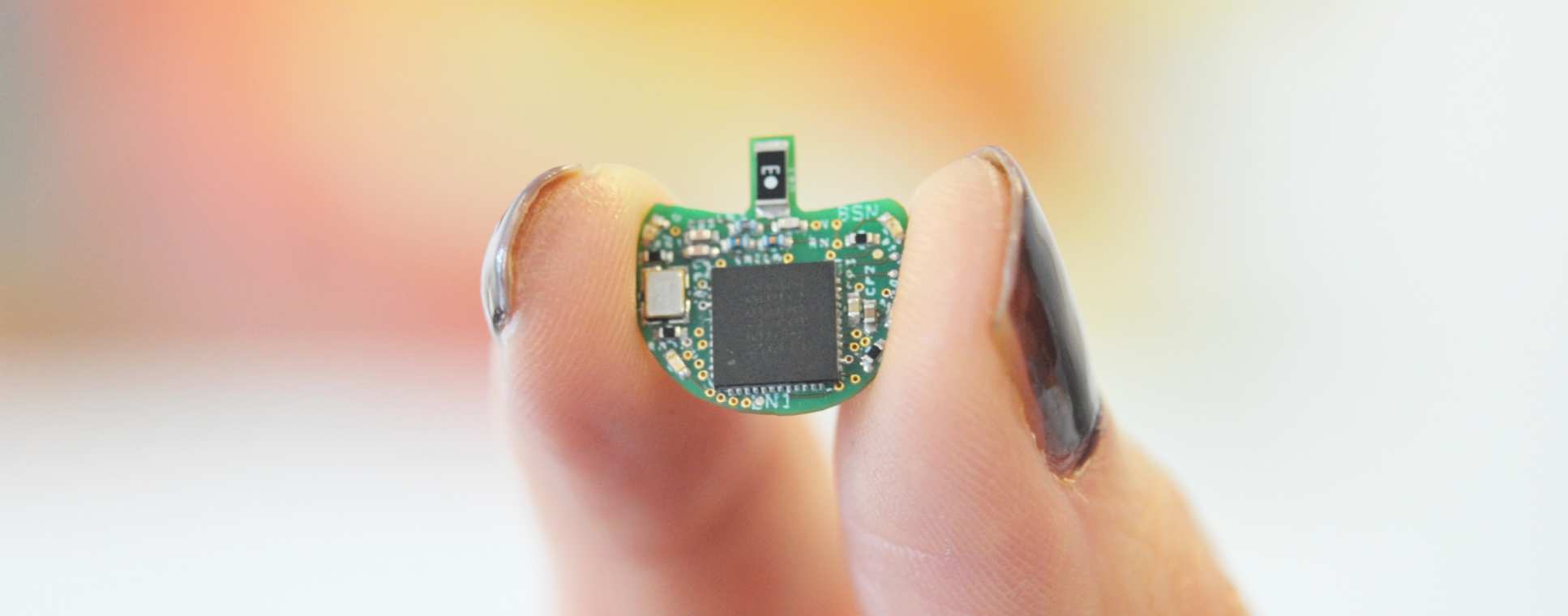Body Sensor Networks

The last decade has witnessed a rapid surge of interest in new sensing and monitoring devices for healthcare and the use of wireless wearable devices for clinical applications. One key development in this area is implantable in vivo monitoring and intervention devices.
To address general issues related to wearable and implantable sensors and harness allied technologies that underpin the development of pervasive sensing for healthcare, wellbeing, sports and other applications that require “ubiquitous” and “pervasive” monitoring of physical, physiological, and biochemical parameters in any environment and without activity restriction and behaviour modification, the term BSN – Body Sensor Networks was coined by Prof Guang-Zhong Yang of Imperial College in the early 2000's.
Key research activities in the field include miniaturised biosensor design suitable for both wearable and implantable devices, biocompatibility and materials to ensure long-term deployment, low-power wireless communication, integrated circuits and systems, power scavenging techniques from the body, autonomic sensing and standards and integration. Major technical hurdles are related to continuous sensing and monitoring, requiring long- term stability of the sensors and low-power operation, also necessitating bio-inspired design (e.g. bio-inspired mix-signal ASICs) and power scavenging techniques ultimately for battery-less (zero-power) operation.
Research themes
Research Themes
BSN platforms
The Centre is at the forefront of developing the latest BSN hardware platforms incorporating novel bioelectrical, biochemical, biophysical, and mechanical sensors with practical hardware considerations of low-power wireless transmission, energy scavenging, battery technology, miniaturisation, and system integration. Development platforms such as the BSN development kits and BSN OS are available to the research communities as well as commercial organisations to promote research collaboration and rapid prototyping.
Low power microelectronics
To make BSN platforms truly pervasive and suitable for continuous sensing and monitoring, significant effort of our research is focussed on ultra-low power design in terms of signal conditioning, on-node processing, and wireless communication links. Our work also includes the development of ultra-low power micro-electronics, power scavenging (harvesting), as well as mixed-signal ASICs with digital control, analogue processing architectures.
Autonomic and context-aware sensing
The human body responds to and interacts with the external environment in an intricate manner, involving the complex interplay of physical, metabolic and stress related bio-responses. Reliable information about the context under which the biological and physical signals are collected is important. In this regard, our work has been focussed on many of the principles of autonomic sensing in terms of self-properties (self-management, self-configuration, self-optimisation, self-healing, self-protection, self-adaptation, self-integration and self-scaling) to form smart sensor networks that are autonomic and context aware, addressing optimised resource management, dynamic reconfigurability, adaptive error recovery, scalability and seamless integration with ambient sensors and wireless environments.
Standards and integration
Standards and integration are emerging areas of development for BSN. These include: standards and light-weight communication protocols, integration with ambient sensing with applications in smart dwellings and home monitoring, quality of service, trust and security issues, and hardware considerations. Ergonomics and user-centric designs are also major focuses of our work, particularly for the design of BSN devices for homecare and used by the ageing populations.
Applications of BSN
Applications and practical deployment of BSN include elderly care, managing patients with chronic diseases, rehabilitation, sports, and entertainment. We have developed a number of regulatory approved devices with extensive clinical studies demonstrating patient benefits and potential use of the technology to reshape the current practice as well as the future care pathways of post-operative recovery, as well as acute/chronic disease management and rehabilitation.


